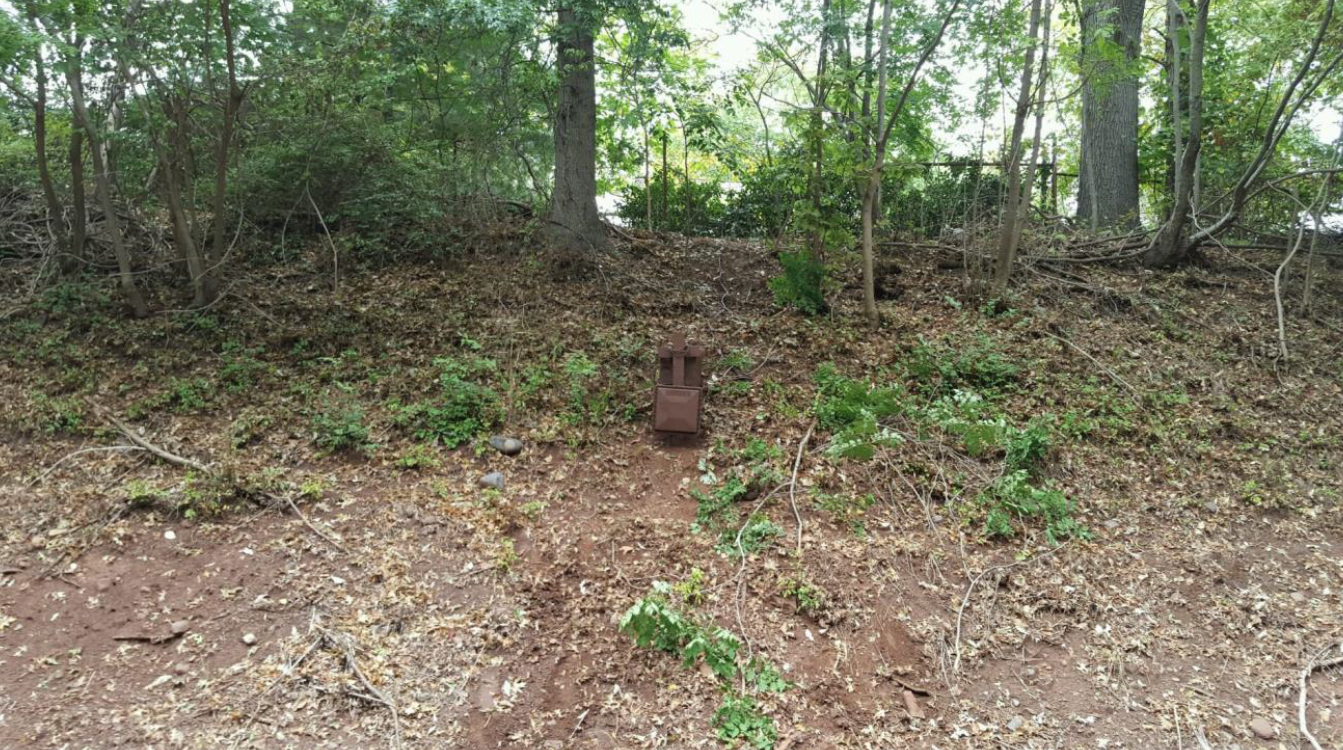On Aug. 29, the enforcement bureau of the Federal Communications Commission announced it had entered into an agreement with ClipperData LLC for violating federal communications law because it was installing and operating automatic equipment identification, or AEI, readers without acquiring the correct license.
In September 2015, Trains News Wire first reported that the Association of American Railroads’ Railway Alert Network issued a security warning to members to keep an eye out for unauthorized AEI readers. The warning came after AEI readers were discovered in New Jersey and Wyoming.
The Railway Alert Network report raised concerns that the people who installed the equipment readers trespassed on railroad property to do so. It also raised concerns about selling data on the movement of specific types of rail cars, arguing that the information could be used to “disrupt rail operations through intentional, and potentially destructive, acts.”
ClipperData CEO Sterling Lapinski told Trains News Wire soon after the alert was issued that his company had installed AEI readers along railroads in an effort to track freight cars in order to sell data to and about the industry. Lapinski said at the time that the installations were legal.
“We do have some devices installed but the network isn’t operations yet,” Lapinski said in 2015. “We’re not currently selling data, we’re just trying to see if it’s feasible.”
But according to the FCC order filed last month, ClipperData only had a license to install and operate one AEI reader but instead had at least 39 unlicensed devices around the country.
When reached by Trains News Wire, representatives from ClipperData declined to comment on the FCC fine.














Not going to read the comments before because most of them won’t be worth the electrons they are printed with. 🙂
The Consent Decree is here: https://apps.fcc.gov/edocs_public/attachmatch/DA-16-960A1.pdf
Note that their “crime” was not properly licensing their RFID readers (which transmit to the tag, hence FCC jurisdiction).
I admit to being surprised that the fine is so high. Maybe the value of the data collected is higher than I would have thought?
If the industry didn’t want people reading tags, they should have encrypted them. End of story. Buy a reader and get the proper FCC license (or use your amateur radio license), and you can legally read tags all day long. The tags don’t contain any information that isn’t plainly visible when looking at an engine or car anyway.
A tag contains these fields: equipment type (loc, car, EOT, etc.), reporting mark, road number, length, side (L or R), number of axles, type of bearings.
Though terrorism is a concern, let’s be realistic. Those who are planning mass murder have multiple methods at their disposal that do not require the use of freight car tracking. It is an extremely low probability. The larger concern is unauthorized use of freight car tracking and the sale of that data to folks who want to disrupt certain commodity shipments.
Seriously people. Let’s think about this.
First, railroad equipment is private property. So defacing it is a crime. Graffiti artists or not, if a car is sitting on rails, it’s on railroad or private property, not public.
Second, allowing illegal clandestine collection of anything is not in standing with out values as a nation. If you want to collect, play by the rules. It’s that simple.
The 195 K fine is peanuts relative to what terrorists would pay if such an illegal system could track a car in real time that the terrorists could target as iit continued its travels.
The article does not address the criminal trespass issue. Have any of the “victimized” carriers pursued this matter?
Thanks for the brief on the AEI tech Eric. What you say makes sense. I didn’t realize it was so less capable than toll tagging for instance. It may be an ancient technology, but it’s currently a backbone of car tracing, where bad/missing data is difficult to “clean” and consequences can be expensive (e.g. misrouted, “lost” cars).
@ Jim Norton…you need to get your facts straight before you comment about graffiti artists and where they tag railroad equipment…a lot of it is from public property, not railroad right of way, just as they do when tagging alongside buildings or freeways/highways, and some is even on private industries property which the railroads have no jurisdiction over…very rarely is it happening in rail yards…some is done alongside mainline sidings when trains are parked for crews.
Paul: The devices commonly used for this have 2 W radios in them, and antennas with around 9 dB gain, making the effective radiated power (ERP) about 16 W. The ERP could be increased by using a higher power radio and/or antenna with a higher gain. The problem is that higher gain means narrower “view”, meaning it wouldn’t work at as high of a train speed. The bigger problem, though, is that the backscatter radiation from tag is limited in power, so pumping more power into it doesn’t mean that the power it transmits back will get higher. I also don’t know how much ERP the FCC will license.
There’s a rule of thumb in RFID: You have distance, vehicle speed, and accuracy; pick any two. For a very slow train, you could get farther away and still get reliable reads.
Things have advanced a LOT since AEI was implemented in the early 90s. The systems used now for tolling and access require much less power and work at greater distances and speeds. AEI is ancient tech.
Once again, the railroads “cherry pick” their trespassers! Concern over these placements, well off the right away, but none regarding the rampant trespassing which has covered the industry in a sea of graffiti?!
While trespassing no doubt took place, it will be impossible to prove what PERSON trespassed.
Thanks for the clarification. That pic looks as though it could possibly be outside the 15 foot practical limit of the RFI signal bounce. Is there an RF power limit to signals used in an AEI application? If so, would a higher power output extend the 15 foot practical limit?
The industry chose to use a standard protocol (ISO 10374) with no encryption for their tags, so they are not in a good position to object to people reading them.
Anyone can buy the equipment and obtain a site license from the FCC, but there are some practical limitations. Most significant of these is that the reader need to be within about 15 ft. of the tag. This severely limits available locations that are off of railroad property.
The picture accompanying this as well as the original article suggests that it may be possible to install these unlicensed readers on private property away from the railroad ROW.
So some other tack will be necessary to prevent this, if indeed it’s illegal. Which will be interesting to follow since one can conceive of capturing video of a passing train from private property adjacent to the tracks and using machine video techniques to read the reporting marks of each car.